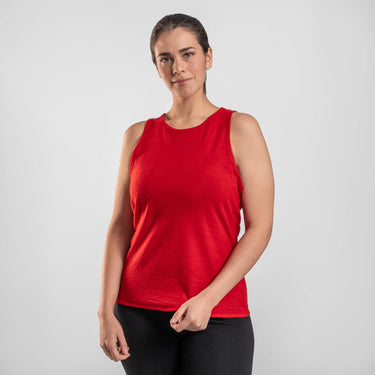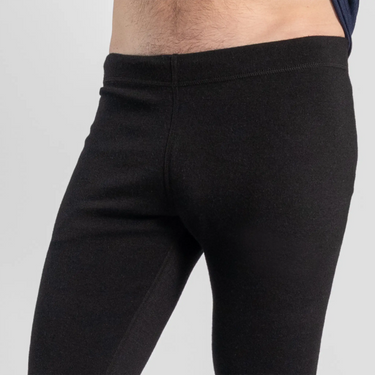Harsher Environments: Better Fibers
Harsh weather conditions produce the best performing wool. Find out why Alpacas live in high altitude and what they do survive harsh weather conditions.
Harsh weather conditions produce the best performing wool. Find out why Alpacas live in high altitude and what they do survive harsh weather conditions.


How a Harsher Environment Makes a Superior Fibre
From the Andes, the day starts extremely hot and ends with the night being icy cold.
Extreme changes in heat are what Alpaca endure everyday. Do not worry this animal is not forced to live this way; this is their natural habitat. Alpacas’ wool or hairs are not like any other typical wool. Their unique hair is medullated or to be better explain, a more tube like form. This form allows their fleeces to breath more and naturally expand when hot. At higher altitude, UV radiation levels increase by 10% to 12% for every 1000 meters. The Andes in Peru are roughly around 3500 to 5500 meters high. But Alpaca’s hairs naturally absorb the ultraviolet radiation from the sun, protecting them.
Extreme changes in the cold are what Alpacas also have to endure. Not only is the Andes windy, but as it becomes darker, temperatures go below freezing point. Luckily, each of the superior wool’s medullated fibres keep the body heat in as they contract. That is right: Alpaca wool naturally expand and contract when temperatures change. This extraordinary thermoregulatory property make it an ideal insulator. Additionally, the wool wicks away moisture avoiding cooling down when sweating.
Alpaca’s versatile fibres are light, soft, warm, strong, and durable. Alpaca is the superior wool for all weather conditions.
Facing nature and going on an extreme adventure? Try out AoA 100% Royal Alpaca outdoor wear and be closer to nature.
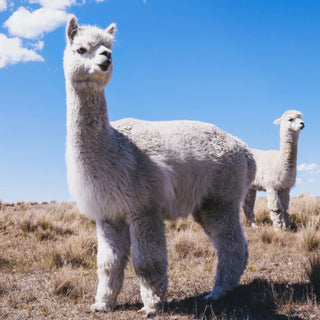
Discover why alpaca wool outperforms Merino in insulation, UV protection, and sustainability. Nature’s ultimate fiber for extreme weather and outdoor wear.
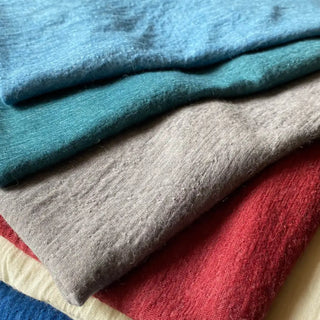
Learn about natural dyesfrom the Andes and low impact dyes that bring our alpaca wool to life—biodegradable, skin-safe, and GOTS-certified.
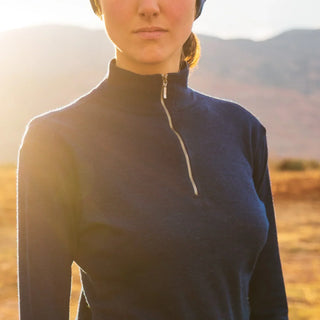
Learn how to layer clothes for outdoor activities with base, mid and shell layers. Stay warm, dry, and comfortable in any environment.
Your cart is currently empty.
Start Shopping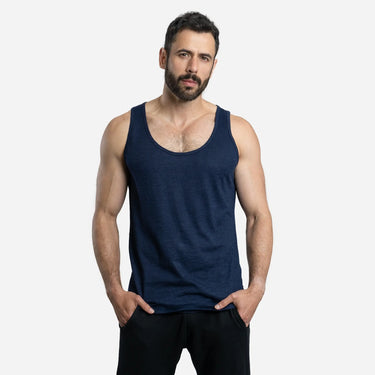

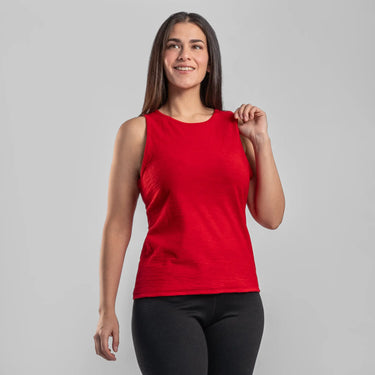
160 Ultralight

160 Ultralight

300 Lightweight
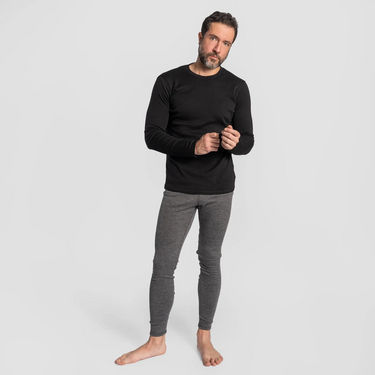
300 Lightweight


